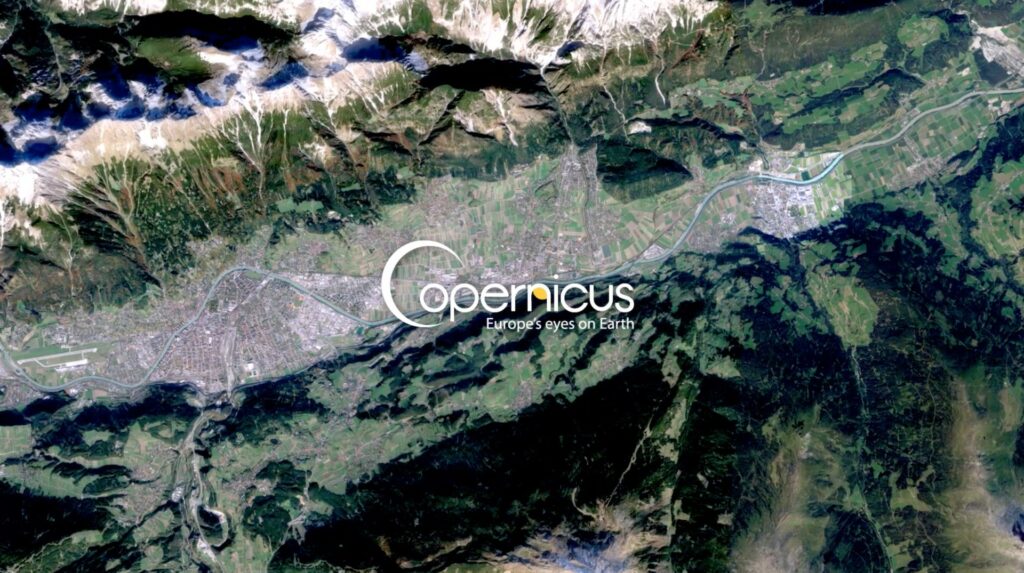In times of accelerating climate change and recurrent summer drought, damages to forests caused by wind storms are rapidly increasing across Europe, both in frequency and extent. Such disasters have substantial economic impacts, but do also threaten natural resources, ecosystems and habitats.
Thanks to the Copernicus Land Monitoring Service and high-quality earth observation data, such as from the Sentinel satellites, storm damages can nowadays be reliably detected, delineated and quantified in near-real time. This contributes to enabling targeted field operations, i.e. clearing and replanting of affected areas, in a quick and cost-efficient manner. Particularly in case of major storms with devastating large-area impact (such as winter gales), it is important to be prepared through the availability of standardised and ready-to-use forest storm damage assessment services that serve quick information needs.
With its improved 10m pixel resolution, the meanwhile second update of the Copernicus Land Monitoring Service’s High Resolution Forest Layer products (comprising pan-European Tree Cover Density, Dominant Leaf Type and Forest Type) for the reference year 2018 provides an excellent basis for the management of such environmental risks.
Further information on GAF’s forest storm damage assessment service is presented in a recent use case video of the European Environment Agency at: youtu.be/yjX8RTDlOaM



